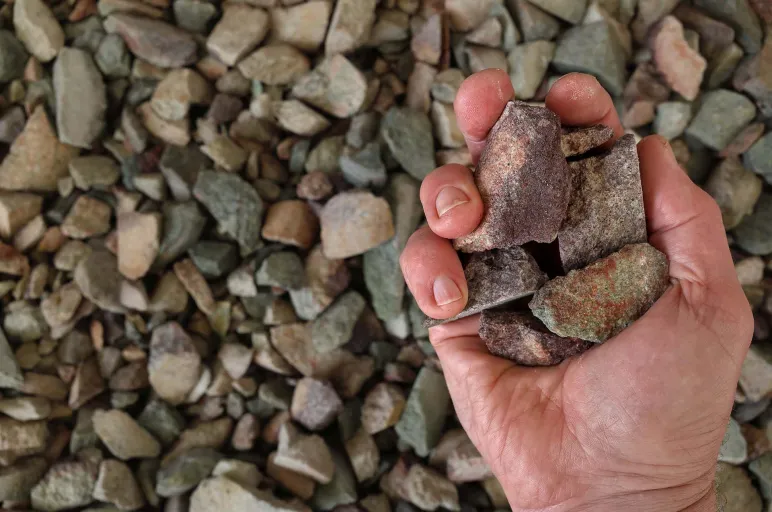
China’s Rare Earth Clampdown Sparks Energy Supply Chain Alarms
- China’s new export curbs slashed rare earth shipments by 31%, sparking global price spikes and uncertainty.
- Wind, EV, and grid industries rely heavily on rare earths for critical components.
- The U.S. is ramping up domestic mining, magnet production, and recycling to reduce reliance on China.
October 23, 2025 | Procurement Strategy 2 minutes read
China produces more than 90% of the world’s processed rare earth elements (REEs). These elements are the backbone of clean energy technologies -- from wind turbines and electric vehicle motors to grid sensors and smart devices.
However, China’s newly tightened export licensing and quota controls have sent ripples through global markets, cutting exports and driving price volatility in REEs. China’s rare-earth exports fell 31% in September from August, based on customs data.
For the U.S., the impact has been acute.
Wind energy developers face magnet shortages that threaten turbine production. EV manufacturers must reengineer supply chains or adopt alternative motor technologies. Grid modernization efforts risk costly delays as transformers, breakers, and sensors depend on rare earth alloys.
In response, the U.S. government and the energy industry are pursuing a two-track strategy: short-term mitigation through trade negotiations and tariffs, and long-term resilience through domestic capacity building.
Projects backed by the Departments of Energy and Defense are establishing a “mine-to-magnet” supply chain, with companies such as MP Materials investing in U.S.-based magnet production. Automakers and energy firms are also accelerating research into rare-earth-free designs and recycling technologies.
While diversification will take time, one thing is clear: securing access to rare earth materials is now central to the clean energy ambitions of the U.S.
Stay tuned for our extended analysis of the rare earth elements market with deeper insights into sector impacts and next steps for energy resilience.



